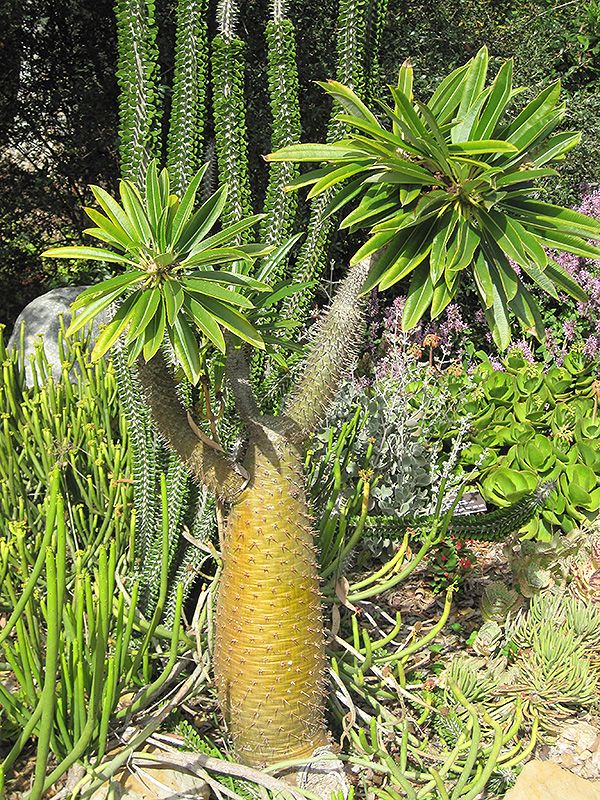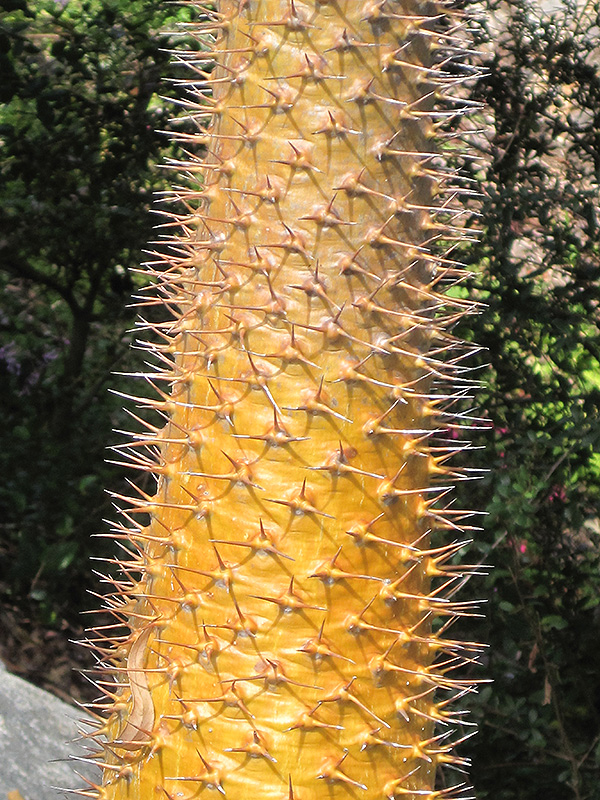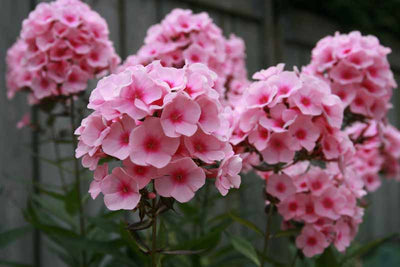Plant Library
Height: 6 feet
Spread: 6 feet
Sunlight:
![]()
![]()
Other Names: Pachy Palm
Description:
Despite its common name, this plant is a succulent in the plumeria (Apocynaceae) family; long, slender, dark green leaves surround the crown, shedding and emerging as the thorny stems grow upwards; rarely blooms indoors
Features & Attributes
Madagascar Palm is is a highly distinctive and unusual plant. Although it actually isn't technically a cactus, it is still a succulent evergreen which behaves much like a cactus. It is characterized by the highly modified and distinctive spiny bulbous stems that comprise the bulk of the plant, and which are designed to retain water for extended periods of time. Its attractive glossy narrow leaves remain dark green in color with pointy creamy white spines throughout the year.
This is an open spreading evergreen houseplant with an upright spreading habit of growth. Its relatively coarse texture stands it apart from other indoor plants with finer foliage. This plant should never be pruned unless absolutely necessary, as it tends not to take pruning well.
Planting & Growing
When grown indoors, Madagascar Palm can be expected to grow to be about 6 feet tall at maturity, with a spread of 6 feet. It grows at a slow rate, and under ideal conditions can be expected to live for approximately 60 years. This houseplant will do well in a location that gets either direct or indirect sunlight, although it will usually require a more brightly-lit environment than what artificial indoor lighting alone can provide. It prefers dry to average moisture levels with very well-drained soil, and may die if left in standing water for any length of time. This plant should be watered when the surface of the soil gets dry, and will need watering approximately once each week. Be aware that your particular watering schedule may vary depending on its location in the room, the pot size, plant size and other conditions; if in doubt, ask one of our experts in the store for advice. It is not particular as to soil pH, but grows best in sandy soil. Contact the store for specific recommendations on pre-mixed potting soil for this plant. Be warned that parts of this plant are known to be toxic to humans and animals, so special care should be exercised if growing it around children and pets.
There are many factors that will affect the ultimate height, spread and overall performance of a plant when grown indoors; among them, the size of the pot it's growing in, the amount of light it receives, watering frequency, the pruning regimen and repotting schedule. Use the information described here as a guideline only; individual performance can and will vary. Please contact the store to speak with one of our experts if you are interested in further details concerning recommendations on pot size, watering, pruning, repotting, etc.
-- THIS IS A HOUSEPLANT AND IS NOT MEANT TO SURVIVE THE WINTER OUTDOORS IN OUR CLIMATE --






